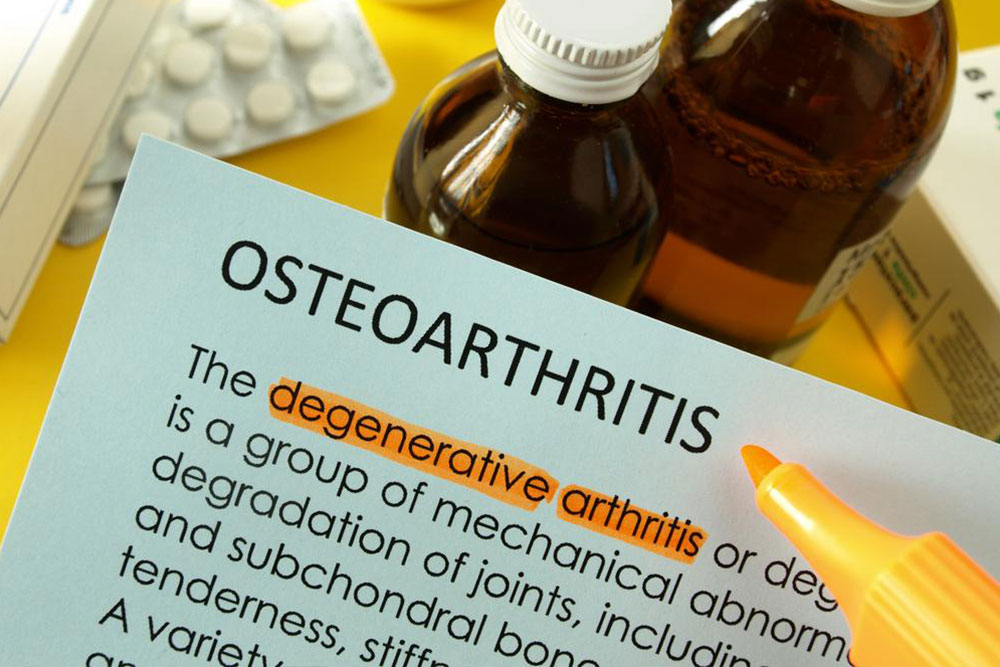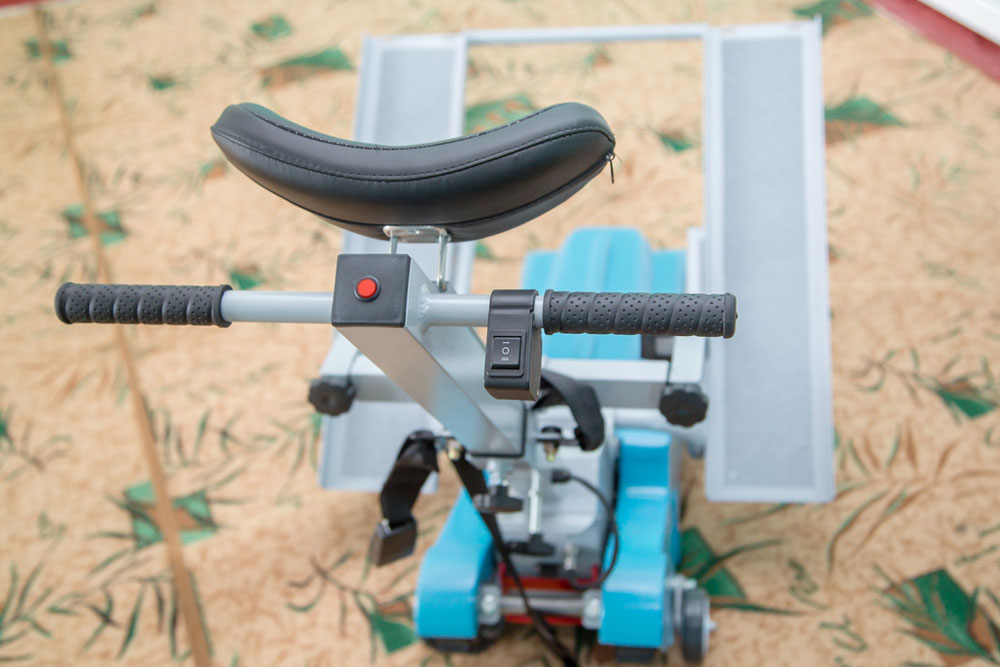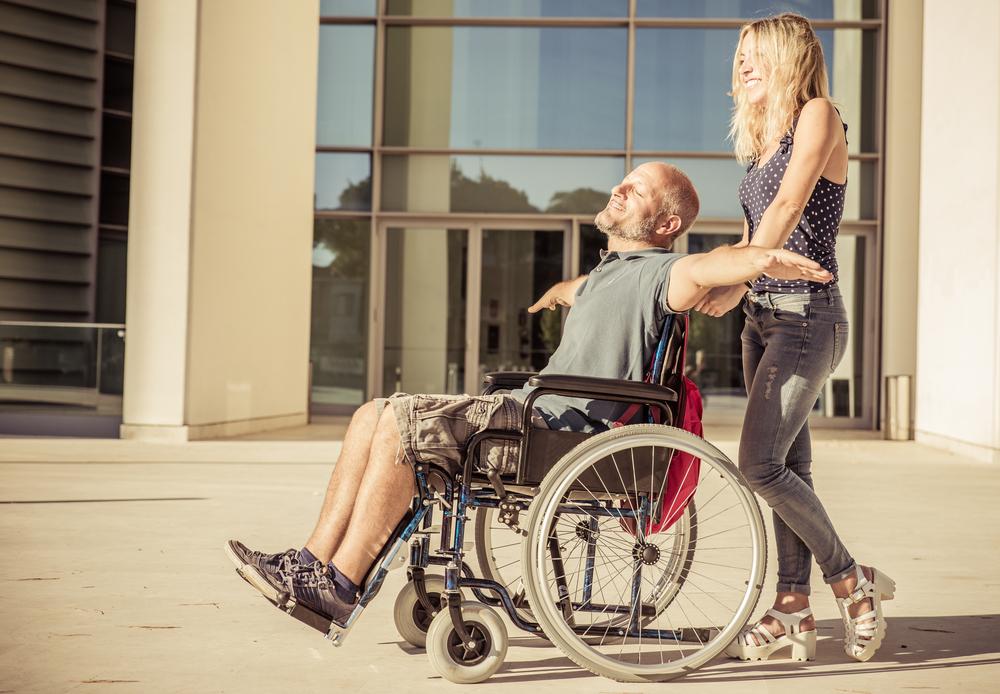Innovative Strategies to Maintain Mobility with Spinal Muscular Atrophy
Discover effective methods to stay mobile and enhance quality of life with Spinal Muscular Atrophy. From balanced diets and ongoing therapy to aquatic exercises and advanced technology, learn how to maintain activity and prevent complications associated with SMA.

Innovative Strategies to Maintain Mobility with Spinal Muscular Atrophy
Managing a chronic illness that impacts muscle strength can be incredibly challenging, especially when mobility is compromised. Spinal muscular atrophy (SMA) is a genetic disorder that weakens muscles throughout the body, primarily affecting breathing and limb strength. Reduced muscle function makes staying active difficult, but inactivity can exacerbate symptoms like muscle contractures, joint stiffness, digestive issues, and breathing complications. Staying engaged in physical activities is crucial for managing SMA symptoms and maintaining quality of life.
Considering the complications associated with SMA, remaining physically active is vital. Here are effective ways to stay active despite the condition:
Nurture a balanced diet: Maintaining a healthy weight through a nutritious diet rich in fruits, vegetables, lean proteins, and whole grains supports sustained activity and overall health. Proper nutrition provides essential vitamins and minerals that aid muscle function and immunity.
Engage in ongoing therapy: Regular occupational and physical therapy sessions are key. They help preserve joint flexibility and muscle strength, preventing contractures and improving mobility. Consistent therapy ensures that muscles and joints remain functional for longer.
Explore aquatic exercise: Water-based therapy offers a gentle environment to strengthen muscles and enhance movement. It reduces joint pressure and allows for a greater range of motion. Water exercises like resistance movements and bubble-blowing can also bolster respiratory muscles.
Prevent respiratory infections: Protecting against infections is critical for individuals with SMA. Collaborate with respiratory specialists to implement strategies that boost lung health and minimize illness risks, facilitating continued activity.
How technology supports mobility in SMA: Modern assistive devices such as exoskeletons, wheelchairs, and braces significantly improve independence. The Muscular Dystrophy Association (MDA) offers a national equipment program that lends refurbished mobility aids, helping those who cannot afford devices stay active and engaged.










